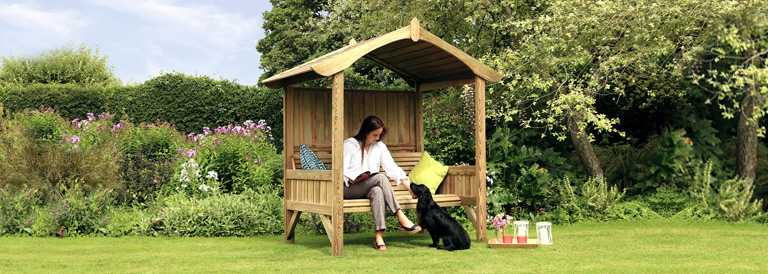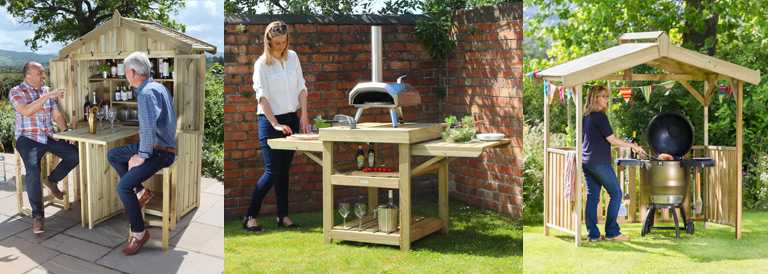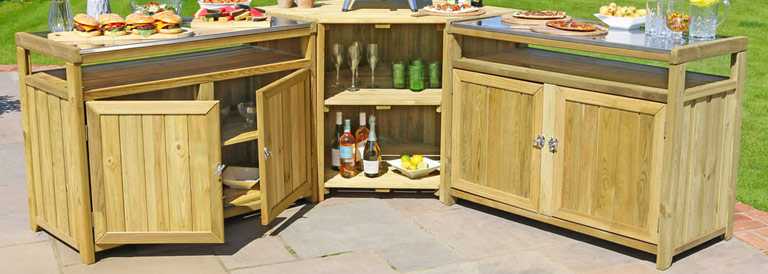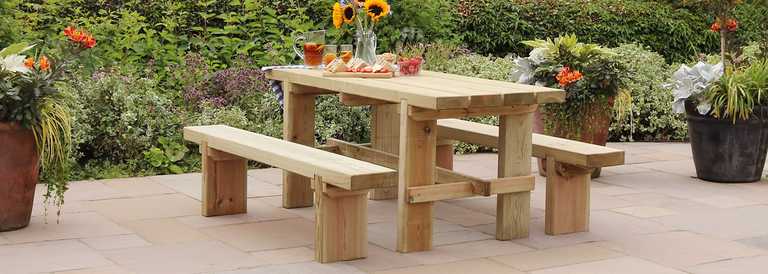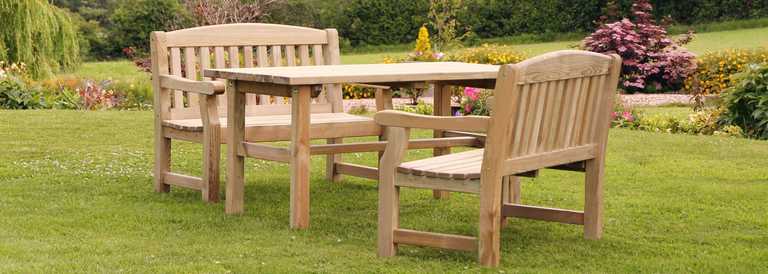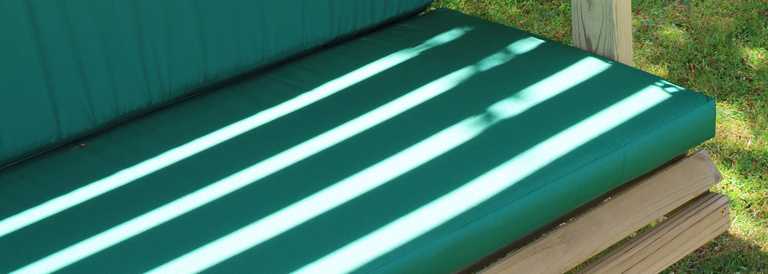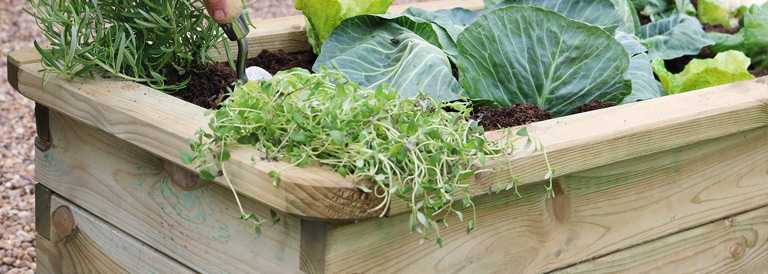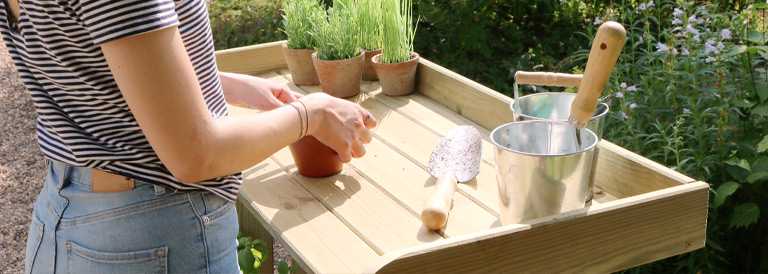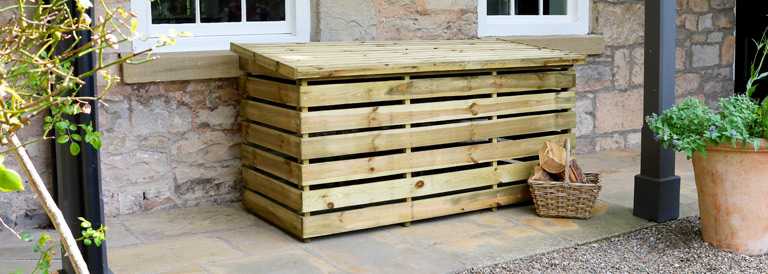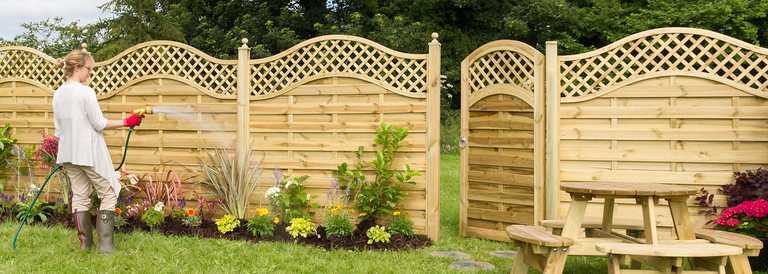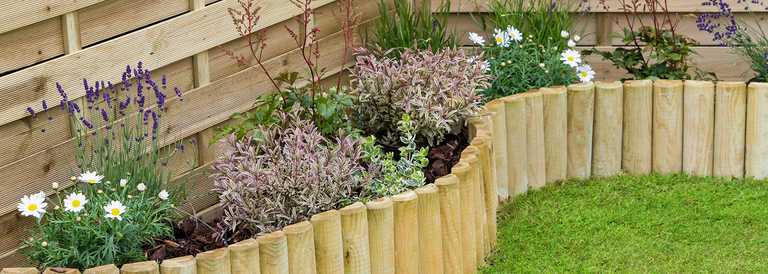Painting Wooden Garden Furniture - All the info, tips and expert advice you need
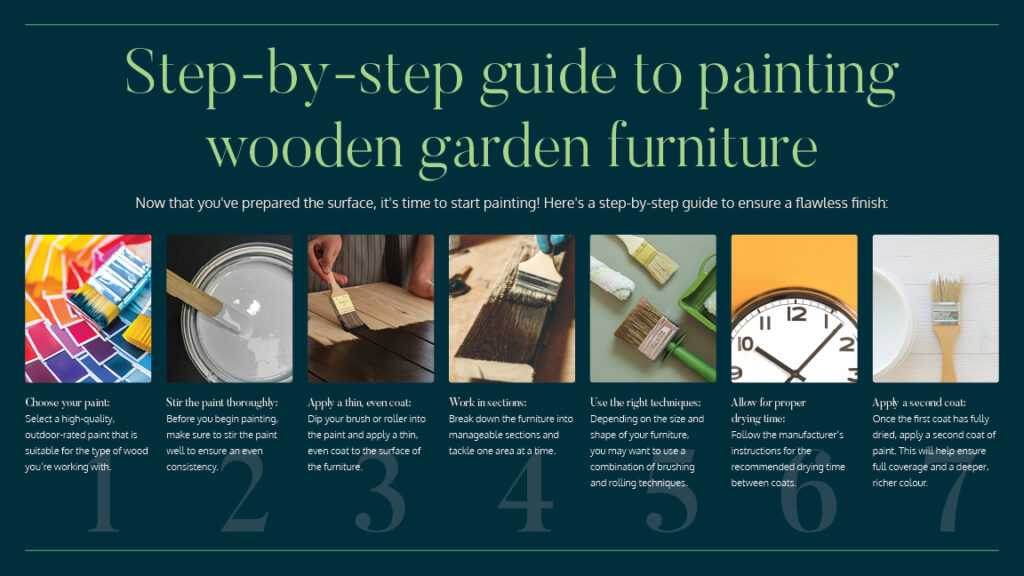
Painting your wooden garden furniture is an excellent way to breathe new life into your outdoor space. Whether you are looking to add a fresh pop of colour, or to revitalise some old favourite pieces with a new coat of paint, in this guide we will provide you with all the tips, techniques, and advice you need to achieve a professional finish.
Whether your furniture is old or new, a bold, new palette of contemporary shades can transform the aesthetic of your garden or patio, and really make a dining set or a relaxing garden seat, bench or arbour stand out.
Alternatively, you might be using paint to brighten up a weathered surface, or conceal stains caused by the inevitable food and drink spillages from outdoor entertaining.
Or equally, excess watering of ‘grow your own’ plants and herbs in herb planters and greenhouses.
Whatever the reason a coat of paint can be a great way to transform, or just keep on top of care and maintenance.
Painting wooden garden furniture can be a rewarding DIY project, but it's important to approach it with the right knowledge, materials, tools, and preparation. From choosing the right type of outdoor paint to preparing the surface and applying the paint correctly, we will cover every step of the process to ensure long-lasting and beautiful results.
The most important thing to consider before making a start is the age of your furniture.
If your furniture is new, then it’s important to know that pressure-treated wood requires adequate drying out time before paint is first applied.
It is generally recommended to wait at least six months after purchase for the wood to dry out completely. However, the exact drying time can vary depending on factors such as climate, humidity, and thickness of the wood. So, to determine if the wood is ready for painting, you can perform a simple test. Sprinkle water on the surface and if the water beads up, the wood is still too wet to paint. If the water is absorbed, it is likely dry enough to make a start.
Choosing the right type of paint for wooden garden furniture
When it comes to painting wooden garden furniture, the type of paint you choose can make all the difference to the final result. One of the most important factors to consider is the paint's durability and weather resistance. Select a high-quality, outdoor-rated paint that is suitable for the type of wood. Acrylic latex or oil-based paints are excellent choices for wooden garden furniture.
A good example is Protek, a paint that can withstand the elements and maintain its colour and finish over time.
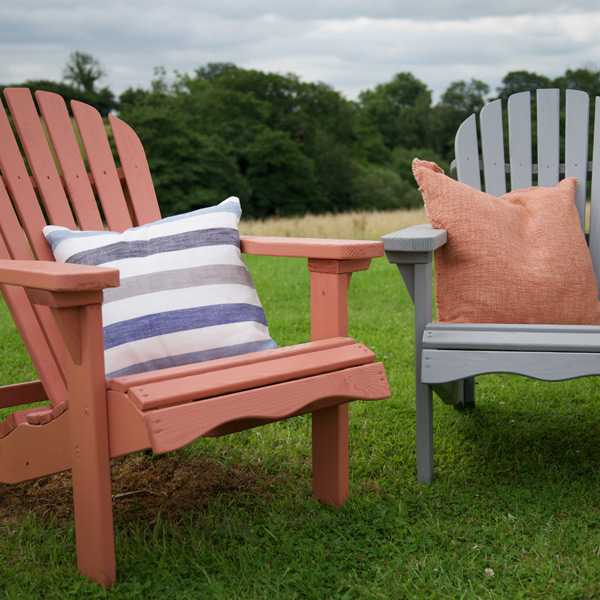
Preparing the wooden furniture for painting
Before you can begin painting your wooden garden furniture, it's crucial to prepare the surface properly. This step is often overlooked, but it's essential for ensuring a smooth, long-lasting finish.
Start by thoroughly cleaning the furniture to remove any dirt, grease, or debris that may have accumulated over time. Use a mild soap and water solution or a specialised wood cleaner to scrub the surface, paying close attention to any crevices or hard-to-reach areas. Once the furniture is clean, allow it to dry completely.
Next, inspect the furniture for any damage or imperfections, such as cracks, splinters, or uneven surfaces. Address these issues by sanding down the affected areas and using wood filler to smooth out any irregularities and create a uniform surface to which paint can adhere.
Wipe away any dust or debris with a clean cloth, and then apply a wood primer. Priming the surface will help the paint adhere better and provide an additional layer of protection for the wood. Choose a primer that is specifically formulated for outdoor use and compatible with the type of paint you'll be using.
Step-by-step painting for wooden garden furniture
Before you begin - be mindful of the weather conditions. Ideally, you'll want to paint your furniture on a dry, mild day with low humidity and minimal wind. Extreme temperatures or high humidity can affect the drying time and overall quality of the paint job.
- Making sure you have chosen a high-quality, outdoor-rated paint that is suitable for the type of wood, stir the paint thoroughly to ensure an even consistency. This will help prevent any separation or clumping during the application process.
- Apply a thin, even coat. Dip your brush or roller into the paint and apply a thin, even coat to the surface of the furniture. Avoid applying the paint too thickly, as this can lead to drips and uneven coverage.
- Work in sections: Break down the furniture into manageable sections and tackle one area at a time. This will help you maintain control over the paint application and ensure a consistent finish.
- Use the right techniques. Depending on the size and shape of your furniture, you may want to use a combination of brushing and rolling techniques. For flat surfaces, a roller can provide a smooth, even finish, while a brush is better suited for edges, corners, and hard-to-reach areas.
- Allow for proper drying time: Follow the manufacturer's instructions for the recommended drying time between coats. This is typically around 2-4 hours, but it may vary depending on the type of paint and the environmental conditions.
- Apply a second coat: Once the first coat has fully dried, apply a second coat of paint. This will help ensure full coverage and a deeper, richer colour.
Remember to work in a well-ventilated area, use the appropriate safety equipment, and clean your brushes and tools thoroughly after each use.
Frequently asked questions about painting wooden garden furniture
Q: What type of paint is best for outdoor wooden furniture?
A: For outdoor wooden furniture, you'll want to use a paint that is specifically formulated for exterior use and can withstand the elements. Acrylic latex or oil-based paints are excellent choices, as they are durable, weather-resistant, and provide a long-lasting finish.
Q: How do I prepare the surface before painting?
A: Proper surface preparation is key to achieving a professional-looking finish. Start by thoroughly cleaning the furniture to remove any dirt, grease, or debris. If needed, sand the entire surface to create a smooth, even base for the paint to adhere to. Finally, apply a wood primer to help the paint bond better and provide an additional layer of protection.
Q: How many coats of paint do I need?
A: As a general rule, you'll want to apply at least two coats of paint for optimal coverage and durability. The exact number of coats may vary depending on the type of paint, the condition of the wood, and the desired level of opacity. Be sure to allow the recommended drying time between each coat.
Q: How often should I repaint my wooden garden furniture?
A: The frequency of repainting will depend on a few factors, such as the climate, the level of exposure to the elements, and the overall condition of the furniture. As a general guideline, you may need to repaint your wooden garden furniture every 2-5 years to maintain its vibrant appearance and protect the underlying wood. However it is important that you follow the paint manufacturer’s guidelines.
Q: How do I maintain the painted finish on my wooden garden furniture?
A: Regular cleaning, touch-ups, and reapplying a clear sealant or varnish every few years are essential for maintaining the painted finish on your wooden garden furniture. Avoid using abrasive cleaners and be gentle when wiping down the surfaces to prevent any damage to the paint.
Strictly Necessary
These cookies are required for our website to operate and include items such as whether or not to display this pop-up box or your session when logging in to the website. These cookies cannot be disabled.
Performance
We use 3rd party services such as Google Analytics to measure the performance of our website. This helps us tailor the site content to our visitors needs.
Functional
From time to time, we may use cookies to store key pieces of information to make our site easier for you to use. Examples of this are remembering selected form options to speed up future uses of them. These cookies are not necessary for the site to work, but may enhance the browsing experience.
Targeting
We may use advertising services that include tracking beacons to allow us to target our visitors with specific adverts on other platforms such as search or social media. These cookies are not required but may improve the services we offer and promote.

